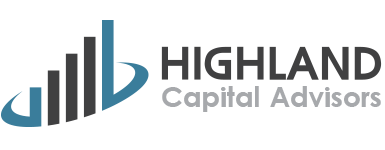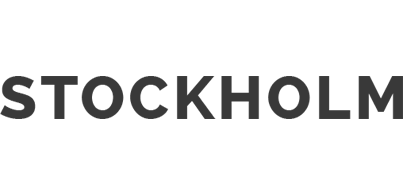Safe Harbor Plan Design
What is a 401(k) Safe Harbor and is it right for your plan?
As your company grows, things change. One of those things should be your company’s retirement plan. It should consistently meet the changing needs of the owners and employees.
WHAT IS A SAFE HARBOR?
A Safe Harbor 401(k) plan is a type of retirement plan with an employer contribution that allows employers to avoid most annual compliance tests. With a Safe Harbor 401(k) plan, employers and highly compensated employees can save up to the maximum amount each year.

Safe Harbor 401(k) plans have become increasingly more popular with small business owners because they allow greater savings flexibility.
When a 401(k) includes a Safe Harbor provision, the employer commits to a minimum level of contribution per participant, either as a percentage of compensation or a specific match, and those contributions are vested immediately. In exchange, the employer can waive certian 401(k) compliance tests each year.
HOW DOES A SAFE HARBOR WORK?
3 Plan Design Safe Harbor Options
Safe Harbor 401(k) plans require employers to choose one of three possible contribution options:
NON-ELECTIVE CONTRIBUTION:
Employer contributes 3% of compensation, regardless of employees’ 401(k) deferrals.
BASIC SAFE HARBOR MATCH:
Employer matches 100% of the participant’s first 3% of deferred compensation plus a 50% match on deferrals between 3% and 5% (4% total).
ENHANCED SAFE HARBOR MATCH:
Employer matches 100% of the first 4% of each employee’s contribution, not to exceed 6% of compensation deferred.
2 Primary Safe Harbor Requirements:
- Employers must make contributions on their employees’ behalf, and
- Those contributions are immediately vested.
IS A SAFE HARBOR RIGHT FOR OUR COMPANY?
A Safe Harbor retirement plan may be appropriate for your organization if:
- You want to help your employees save more for retirement.
- You plan to make employer contributions anyway.
- You have been forced to make previous employer contributions, or you have had to refund plan contributions.
- Your retirement plan has recently failed nondiscrimination testing.
- Your highly compensated employees (HCEs) aren’t able to contribute the maximum to the plan due to the risk of failing compliance testing.
- Many of your HCEs don’t contribute to the plan, and/ or you have low participation among non-HCEs or non-key employees.
Safe Harbor 401(k) plans can be an effective way for employers to save the annual maximum amount while eliminating the administrative headaches of annual compliance testing. Additionally, it may improve plan participation and help your employees save more for retirement.
Whether you’re starting a new plan or looking for ways to improve an existing one, it may be worth considering adding a Safe Harbor provision.
Contact us to learn more about how a Safe Harbor provision might benefit your plan and employees.
Highland maintains important disclosures about its status as a Registered Investment Advisor with the SEC in its Form ADV Part 2. Copies of this document are provided at the inception of every relationship and can be accessed any time thereafter directly through the SEC.
This information was developed as a general guide to educate plan sponsors and is not intended as authoritative guidance or tax/legal advice. Each plan has unique requirements, and you should consult your attorney or tax advisor for guidance on your specific situation.



